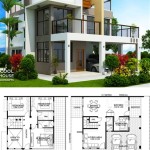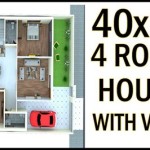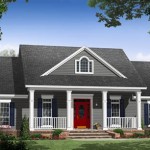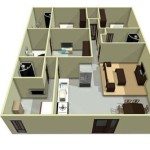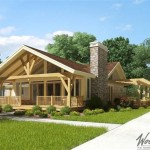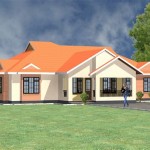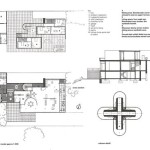Portable House Plans: Your Gateway to Flexible Living
The allure of a portable house lies in its inherent flexibility. It presents a solution for those seeking temporary or permanent housing that can be easily relocated. Whether you envision a charming cabin nestled in the woods, a cozy studio in a bustling city, or a resilient shelter for disaster relief, portable house plans offer a unique path to achieving your housing aspirations.
Portable houses, also known as modular or prefabricated homes, have evolved significantly over the years. Modern construction techniques and innovative materials allow for structures that are not only portable but also durable, energy-efficient, and aesthetically pleasing. This makes them increasingly attractive to a diverse range of individuals and families seeking a more flexible and sustainable lifestyle.
Key Benefits of Portable House Plans
There are numerous advantages to choosing portable house plans, making them a compelling option for various housing needs.
1. Affordability and Efficiency
Portable house plans are often more affordable than traditional site-built construction. The factory production process allows for economies of scale, reducing labor costs and material waste. Additionally, the prefabrication aspect accelerates the construction timeline, minimizing on-site delays and saving on labor costs.
2. Customization and Flexibility
Contrary to the misconception of limited design options, portable house plans offer a surprising degree of customization. You can select from a range of pre-designed layouts or collaborate with architects to create a bespoke plan that meets your specific requirements. The modular nature of portable houses also allows for easy expansion or reconfiguration as your living needs evolve.
3. Sustainability and Energy Efficiency
The prefabrication process, coupled with the use of sustainable materials, often results in more energy-efficient portable houses. Manufacturers can carefully control the construction process to minimize waste, reduce energy consumption during construction, and incorporate energy-saving features such as high-performance insulation and solar panels.
Types of Portable House Plans
Portable house plans cater to diverse preferences and needs. Some common types include:
1. Tiny Houses
Tiny houses are gaining popularity for their compact footprint and minimalist lifestyle. They typically range from 100 to 400 square feet and are designed for efficient use of space. These plans often feature innovative storage solutions, multi-functional furniture, and compact appliances.
2. Modular Homes
Modular homes are constructed in factory settings and shipped to the site for assembly. They are typically larger than tiny houses, with floor plans ranging from a few hundred to over 2,000 square feet. Modular homes offer a wide range of styles and configurations, allowing for customization to match your aesthetic and functional preferences.
3. Prefabricated Homes
Prefabricated homes are similar to modular homes in their construction process, but they may offer greater flexibility in design and customization. They are built using prefabricated components, such as walls, roofs, and floors, which are assembled on-site. Prefabricated homes provide a balance between affordability and architectural freedom.
4. Container Homes
Container homes utilize repurposed shipping containers as the primary building material. The steel structure of shipping containers provides strength and durability, while the interior can be customized to create comfortable living spaces. Container homes offer a sustainable and cost-effective solution for housing.
Key Considerations for Choosing Portable House Plans
When selecting portable house plans, consider these crucial factors:
1. Building Codes and Regulations
Ensure the chosen plan complies with local building codes and regulations. The requirements for portable houses may vary depending on the location and intended use.
2. Site Considerations
Evaluate the site where the portable house will be located. Consider factors such as terrain, access, utilities, and zoning restrictions.
3. Lifestyle and Needs
Determine your specific needs and lifestyle preferences. Consider the number of bedrooms, bathrooms, living space, and other essential features.
4. Budget and Financing
Set a realistic budget and explore financing options. Portable houses can be more affordable than traditional homes, but it's crucial to have a clear financial plan.
Ultimately, choosing the right portable house plan involves careful research, planning, and consideration of your specific needs and circumstances. It's essential to work with reputable builders and designers who can guide you through the process and ensure a successful project.

Shedsplans Info Tiny House Floor Plans Cabin Lofted Barn

Compact And Stylish Portable Employee Housing

Modular Foldable Container Homes Floor Plans Prefabricated China Modern Office Luxury Made In Com

9 Meter Buildings Nalla Portable

Tiny House Floor Plan Cabin Plans Shotgun

Larger Building Floorplans Nalla Portable Buildings

Transpa Tiny House Clipart Portable Building 12x32 Cabin Floor Plans Hd Png Is Free Shed To

27 Adorable Free Tiny House Floor Plans Craft Mart

Thailand Portable Cabin Prefab 3 Bedroom House Floor Plans China Modular Home 50k Container Made In Com

Image Result For 12 By 32 Portable Building Tiny House Floor Cabin Plans Small

